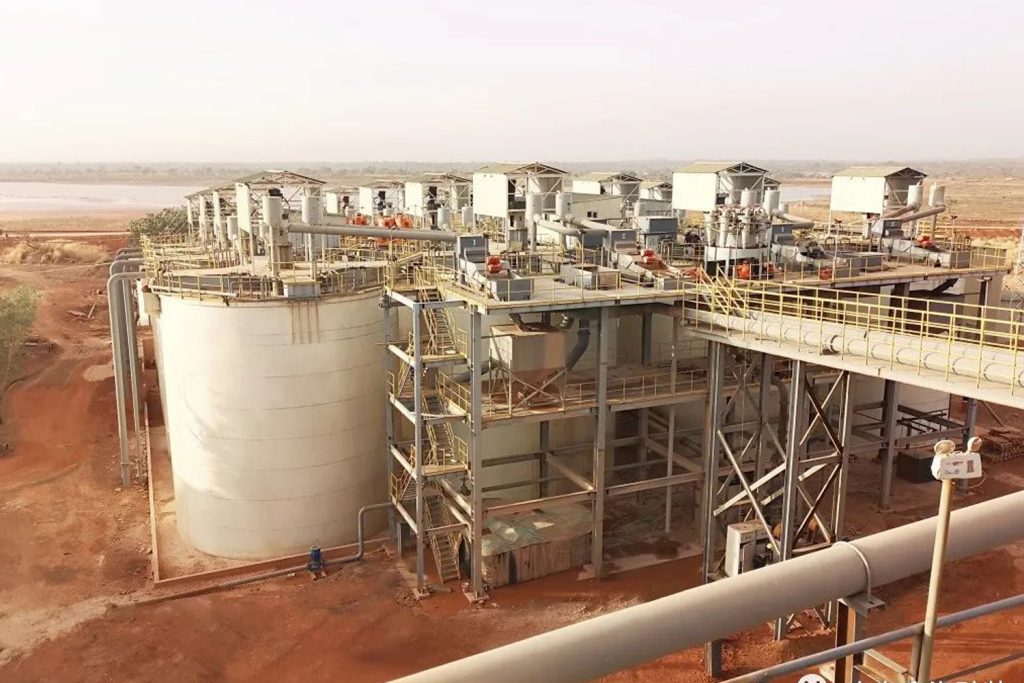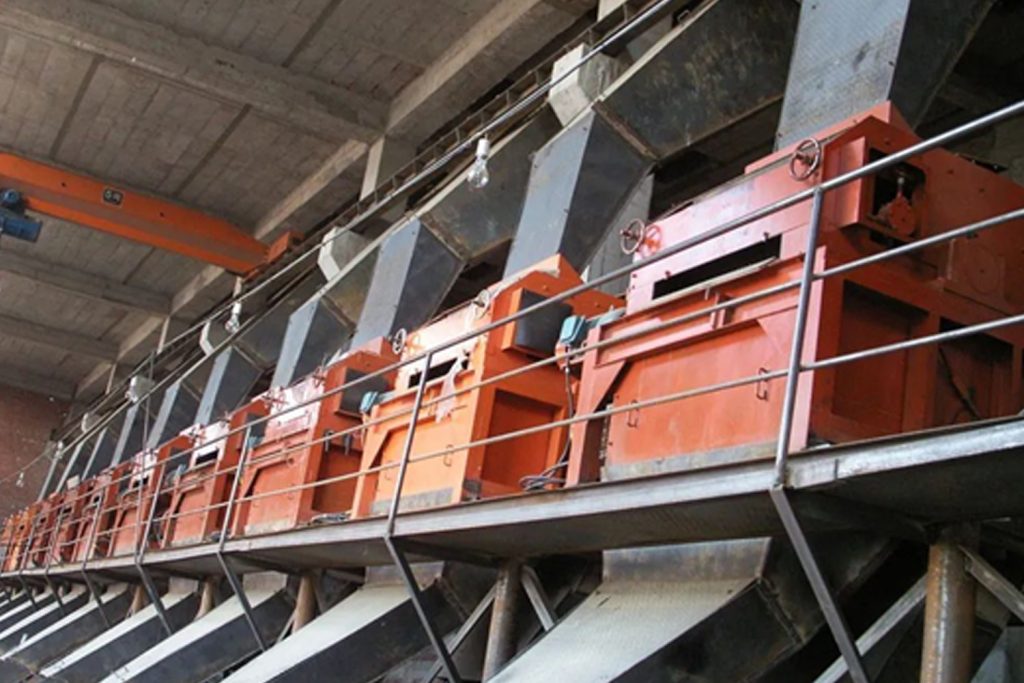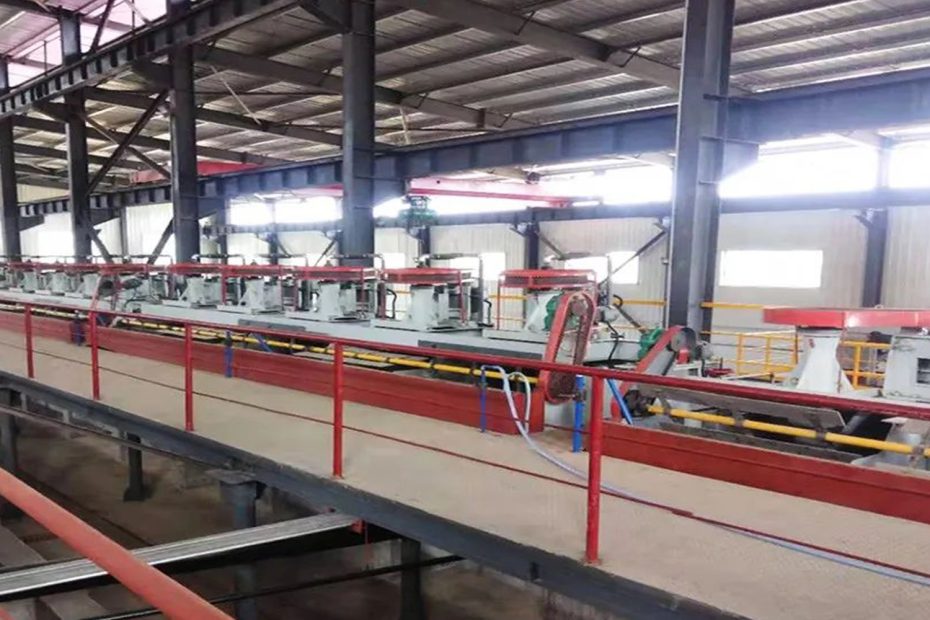As an important precious metal, the development and utilization of gold mines is of great value. In the mineral processing process, the gold ore recovery rate is one of the very important indicators. The factors that affect the gold mine mineral processing recovery rate include the characteristics of the gold mine itself, the gold ore mineral processing, and the management and operation of the gold ore mineral processing plant.
Characteristics of gold ore itself
The recovery rate of gold ore mineral processing is affected by the degree of gold mineralization in the ore. The existence form of gold in the ore (free gold, gold telluride, etc.) as well as gold particle size, distribution and other characteristics will affect the mineral processing recovery rate.
- Other mineral components in the ore also have a certain impact on the extraction of gold. Some special minerals or harmful elements (such as arsenic, copper, etc.) may have harmful effects on gold extraction and reduce the recovery rate.
- The physical properties of ore include the particle size, density, hardness, etc. of the ore. These physical properties will affect the crushing, grinding and sorting operations during the mineral processing , thereby affecting the recovery rate.
- The chemical properties of ores include the acidity, alkalinity, redox properties, etc. of the ores. These chemical properties affect gold solubility and extraction efficiency.

Gold ore mineral processing
The selection and operation of the mineral processing have an important impact on the recovery rate of gold mines. Including the optimization and control of crushing, grinding, flotation, gravity separation, dehydration and other processes. The selection and operation of the mineral processing have an important impact on the gold ore dressing recovery rate, which is specifically reflected in the following aspects:
- Crushing and grinding: Crushing and grinding is the crushing of ore into suitable particle sizes for subsequent mineral processing operations. Proper crushing and grinding can increase the exposure and floatability of gold ore, thereby increasing recovery rates. Excessive crushing and over-grinding will cause the gold ore particles to be too fine and reduce the recovery rate.
- Flotation: Flotation is the process of separating gold ore particles from other mineral particles through air bubbles. The key to flotation is to select appropriate agents and bubbles, and to control flotation conditions. Factors such as the selection and addition of reagents, the size and distribution of bubbles, and stirring intensity will affect the flotation effect and recovery rate.
- Gravity separation: Gravity separation is the process of separating gold ore particles from other mineral particles through mechanical effects such as gravity, buoyancy, and centrifugal force. The key to reselection is to select appropriate reselection equipment and control operating parameters. Reasonable selection of gravity separation equipment and control of operating parameters can improve the separation effect and recovery rate of gold mines.
- Dehydration: Dehydration is the process of removing water from water-containing materials produced during the mineral processing process. Proper dehydration can improve the concentration and dryness of gold ores, thereby increasing recovery rates.

Management and operation of gold mine concentrator
The management and operation of the mineral processing plant have an important impact on the recovery rate of gold mines. The following are some factors related to management and operations:
- Equipment and process selection: The equipment and process selection of the mineral processing plant have a direct impact on the recovery rate of gold mines. Selecting equipment and processes such as crushing, grinding, flotation, and gravity separation that are suitable for ore characteristics and mineral processing goals can improve recovery rates.
- Operation control and monitoring: The mineral processing plant needs to carry out operational control and monitoring to detect and solve process problems and equipment failures in a timely manner to ensure the stability and efficiency of the gold mineral processing process, thereby increasing the recovery rate.
- Quality management and quality control: The mineral processing plant needs to establish a sound quality management system to ensure that the quality of the ore and products meets the requirements. Quality control includes ore sampling, laboratory analysis and other links to accurately assess the recovery rate of gold mines.
In summary
Improving the recovery rate of gold mines requires starting from many aspects. Reasonable selection of process flow, optimization of mineral processing parameters, strengthening of ore pretreatment, selection of efficient equipment and improving the quality of mineral processing personnel are all important measures. At the same time, conducting mineral processing tests also plays an irreplaceable role in improving the recovery rate of gold mines. It provides important scientific basis and technical support for actual production.
By in-depth understanding of the nature of gold mines, selecting appropriate mineral processing and equipment configurations, and strengthening equipment maintenance and operator training, the mineral processing recovery rate of gold mines can be effectively improved and the dual goals of effective utilization of resources and environmental protection can be achieved.
